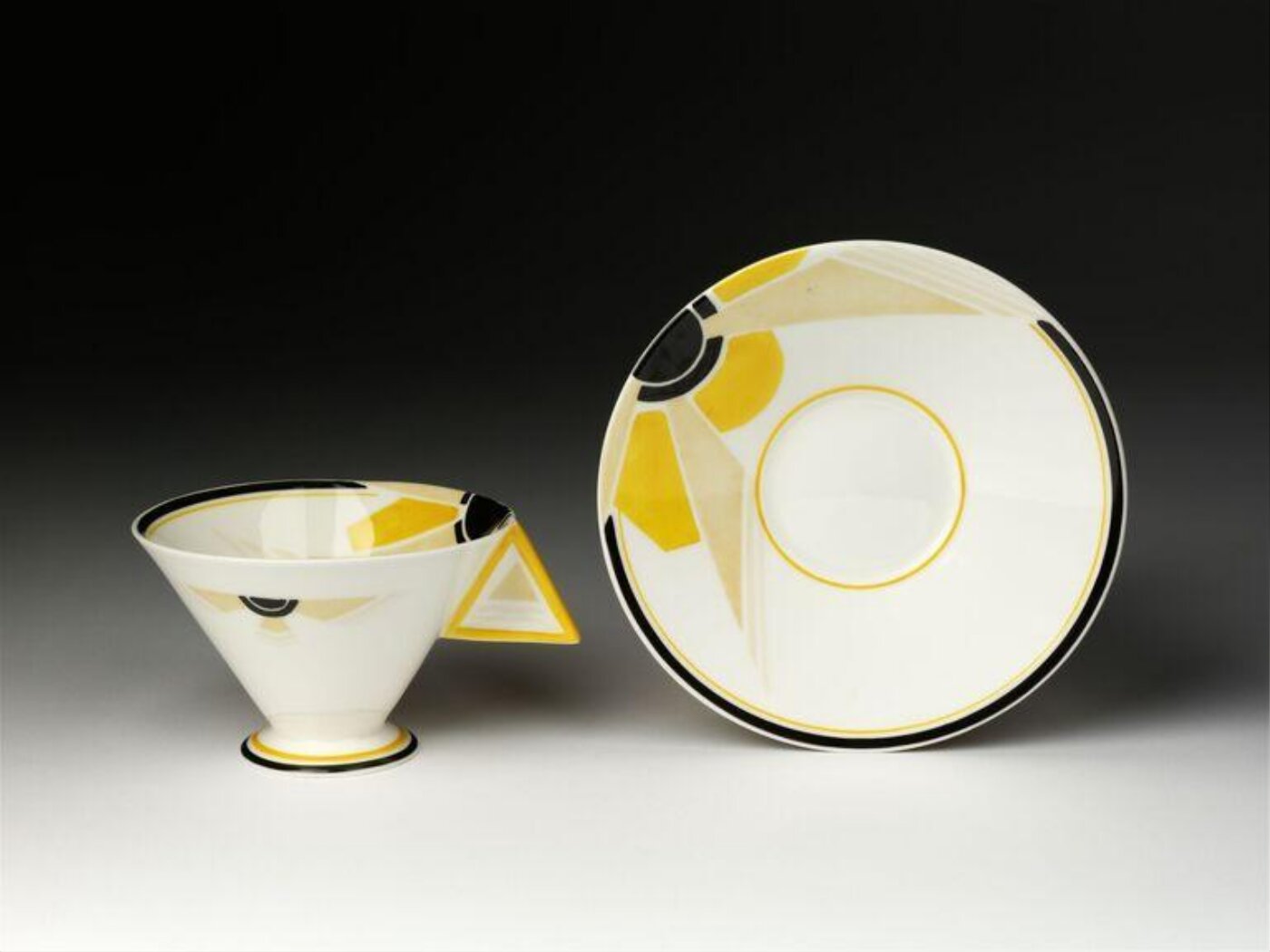Over the past few months, the Museum of Modern Art in New York hosted a gorgeous exhibition devoted to the work of Georgia O’Keeffe (1887-1986). The exhibition’s title, “To see takes time,” comes from an account O’Keeffe gave of her creative impulse:
‘Nobody sees a flower — really — it is so small — we haven’t time — and to see takes time, like to have a friend takes time. If I could paint the flower exactly as I see it no one would see what I see because I would paint it small like the flower is small. … So I said to myself — I’ll paint what I see — what the flower is to me but I’ll paint it big and they will be surprised into taking time to look at it.’
Despite O’Keeffe’s hopes, studies have shown that the average attention visitors give to gallery exhibits is between 15 and 30 seconds. Veteran art dealer Michael Findlay laments this attention deficit and urges the discipline of ‘seeing slowly’. Findlay argues that the best way to look at art is to strip away much of what we think we know or have been taught to think about it, and then give time to our eyes to search and absorb what they can see, and to our hearts and minds to experience and assimilate its effect. This parallels O’Keeffe’s process of patient looking, returning to the same subject again and again, to discern and refine whatever qualities seem most significant and worthy of depiction.
It isn’t necessary to enumerate the contemporary contextual pressures and tendencies that militate against seeing slowly; suffice to say that we are immersed in a culture of immediacy, which expects the payoff from any investment to be quick and obvious. Not only does this affect our ability to appreciate art, but it also goes against much spiritual wisdom from the world’s religious traditions. Certainly, the Christian tradition of prayer would agree that to see spiritually takes time, like to have a friend in God takes time.
All seeing is a matter of relationship, as John Berger wrote in a groundbreaking study of visual art:
‘We never look at just one thing; we are always looking at the relation between things and ourselves.’
Berger was particularly concerned about the way in which the ‘male gaze’ views the female form - an insight of enduring, urgent importance, which can be broadened to highlight the different characters of relational looking. In this regard, Martin Buber made a helpful distinction between an ‘I-It' mode of seeing, in which individuals treat others as objects, reducing them to mere things or instruments for their own purposes, and an ‘I-Thou’ mode, wherein people engage with each other as unique and sacred beings, recognizing the other’s inherent worth and treating them with reverence and respect.
Simone Weil offered an allied perspective on the dignifying quality of a certain kind of seeing - ‘Attention is the rarest and purest form of generosity’ - and went even further:
‘Attention, taken to its highest degree, is the same thing as prayer. It presupposes faith and love. … Absolutely unmixed attention is prayer.’
Weil’s writing is rich and seminal but also somewhat gnomic. What are the faith and love implied by attention, and how do they link to prayer? She doesn’t spell this out, but we might take a cue from Berger’s observation that,
‘We only see what we look at. To look is an act of choice.’
Choosing to look at one thing rather than another is part of the generosity of attention. Of course, people may choose to look at anything, for any number of reasons; but the kind of slow seeing advised by O’Keeffe and Findlay seems to presuppose a valorisation - a decision or intuition that the subject in view is worth giving time to. There is a determination in this kind of seeing to seek the kind of presence that gives space for a true and authentic encounter: an ‘I-Thou’ connection. The fulfilment of this hope cannot be known in advance, so it is like an act of faith, and the impulse seems much like the desire of a lover.
In a discussion of the detailed painting of some flowers, which are a very minor element in a much larger canvas, Alain de Botton remarks on the artist’s great care and devotion to the depiction of every detail, as if he has asked each flower, ‘What is your unique character? I want to know you as you really are.’ For de Botton, ‘This attitude towards a flower is moving because it rehearses, in a minor but vivid way, the kind of attention that we long to receive from, and which we hope to be able to give to, another human being.’
Though de Botton is avowedly not religious, his account of a human longing for attention, which others have elucidated in terms of a dignifying and deeply satisfying form of connection, resonates with what is often said by people of prayer.
There are different forms of Christian prayer. Patterns of speaking to God in words of praise, confession, petition and thanksgiving are fairly well known, but there are also practices that respond to the biblical summons: ‘Wait for the lord … and he shall comfort your heart’; ‘Be still and know that I am God’. These Christian practices overlap with the meditative and contemplative traditions of other religions, and also feed into the emerging areligious exercise of mindfulness. It would be false to say that the aims and ends of different traditions are identical, but they offer a collective invitation to try a different way of seeing – a way of seeing that can help us to transcend the ‘I-It’ perspective, characterised by a sense of detachment and a focus on utility, and to move towards the cultivation of meaningful, mutual connections and a sense of interconnectedness with the world and other people … and perhaps with God too.
References
Elizabeth Turner and Marjorie P. Balge-Crozier in Georgia O’Keefe: The Poetry of Things (1999)
Michael Findlay, Seeing Slowly: Looking at Modern Art (2017)
Peter Berger, Ways of Seeing (1972)
Martin Buber, I and Thou (English translation, 1937)
Simon Weil, First and Last Notebooks (English translation, 1970) and Gravity and Grace (English translation, 1952)
Alain de Botton, Art as Therapy (2013)






